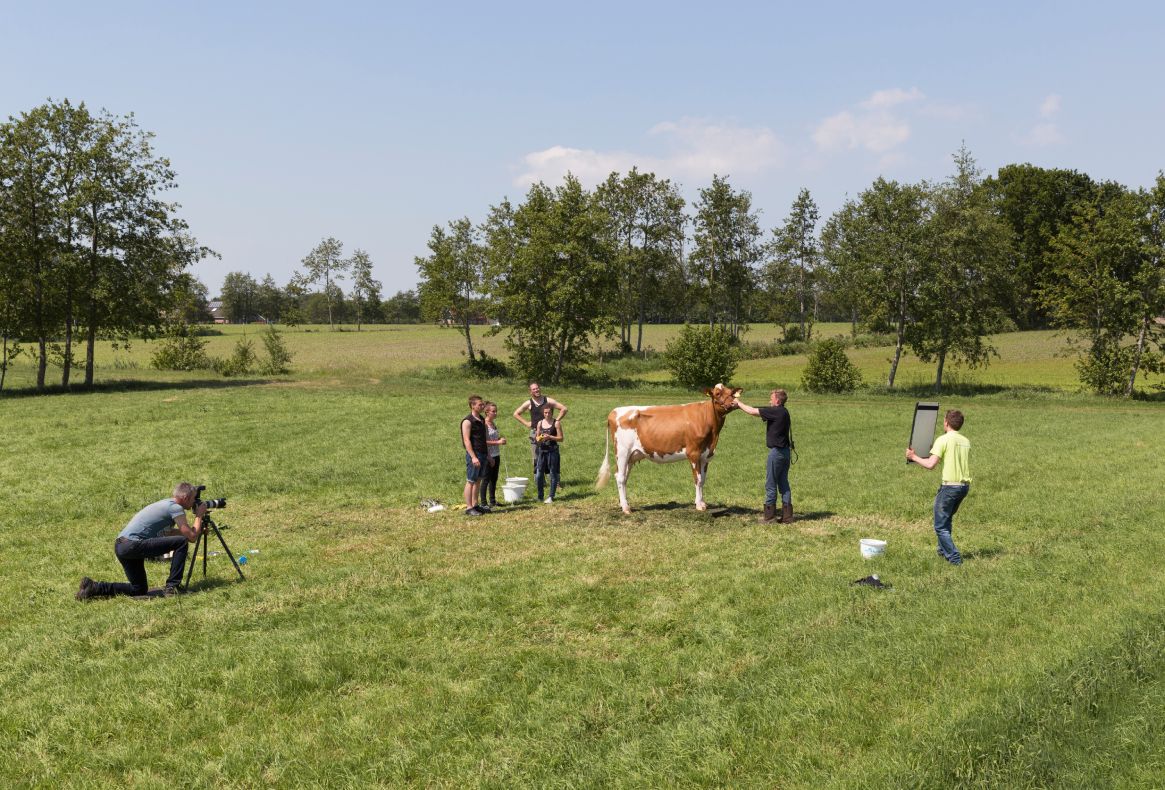Men clinging to window grates and crawling on sidewalks, broken cars and bent lampposts, twisted postures, and surreal situations. Photographs of the Dutch Hans van der Meer of Budapest in the 1980s, some of which have never been seen before, have now returned to the Hungarian capital.
Hans van der Meer is one of the few Western European photographers who spent a long time in Hungary during its socialist era. Between 1984 and 1986 he spent more than a year in Hungary, spending most of his time in the capital, taking photos of people while wandering the streets. “At first my photographs were a study of body language in all kinds of, often puzzling, situations. […] Reacting quickly, sometimes without even looking through the viewfinder these situations, isolated into images became even more enigmatic,” he said of his pictures taken in Budapest.


Although he probably did not know of him, the Dutch photographer seems to have transposed István Örkény’s vision (late Hungarian writer with a focus on grotesque literature—the Transl.) into the medium of photographs. Both of them captured the grotesque nature of Hungarian and, in a broader sense, Central and Eastern European life, and like the renowned “one-minute stories” of Örkény, Van der Meer’s images also encourage the audience to think beyond what they see. Behind the grotesque situations and the terse phrasing lies a multitude of mysteries and questions, and thus opportunities for interpretation: the works and the stories must ultimately be finished by us.



Van der Meer’s photos taken in Budapest were exhibited and published in an album in the 1980s, and in 1987 he even won an award in the World Press Photo’s Daily Life category. The unique feature of the exhibition entitled Minor Mysteries and showcased now at the Capa Center is that it presents several never-before-seen pictures of Budapest. However, it is not only for us that these photographs have a special significance, but they were also crucial for Van der Meer’s career: “In reverse I can see how decisive this period in Hungary was for the tone of my later work, how I was playing with photography to talk about life, far away from news events”.
The exhibition’s other series seem to underline this statement. While behind the images of Budapest lies the gloomy atmosphere of an already crumbling society, the absurd situations of the European Fields are something we can already laugh at wholeheartedly. The series is a celebration of amateur sport and football, as well as a reimagination of landscapes represented by European art. In the series Measuring Men, we can once again see people in funny postures, while it also reflects on a current social phenomenon, the changes in nature, and the vulnerability of our ecosystem.
Hans van der Meer’s attraction to absurdity, sense of humor, sensitivity, and empathy for social problems are what make him an exceptional observer, and his images are also close to people like us, who are familiar with the world of Örkény.




The exhibition is on view between 15 September and 23 December 2022.
Capa Center (8 Nagymező Street, 1065 Budapest)
Curator: Claudia Küssel

Innovative technology to save demolished Ukrainian panel blocks

Brad Pitt makes debut as a sculptor in a Tampere museum










